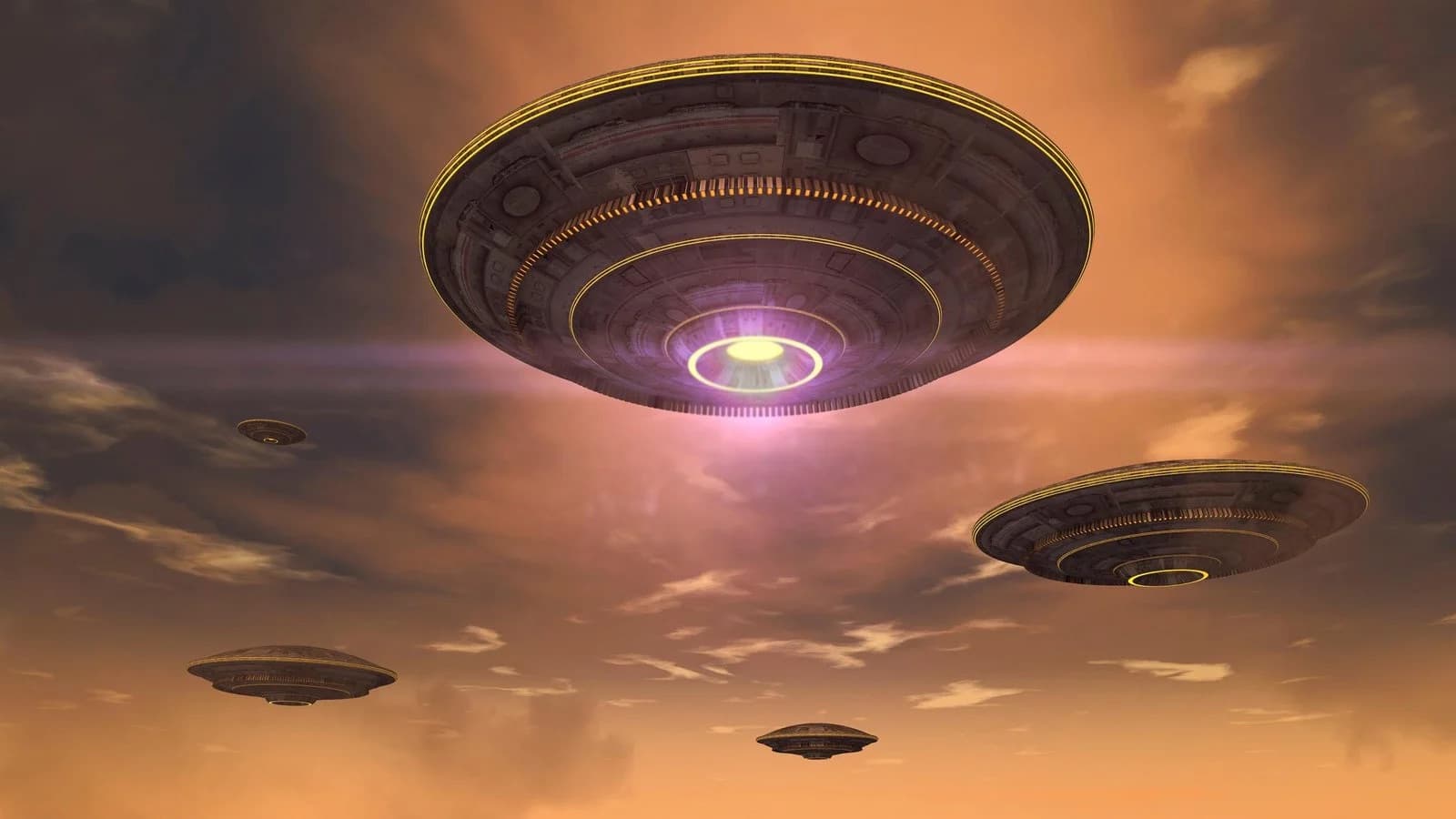Watching meteor showers is one of the most mind-blowing celestial wonders you can experience, especially as an amateur astronomer. However, much of what you’ve heard about these astronomical wonders isn’t true. Meteor stars aren’t as dramatically bright or shining as you may have seen on social media. These are all the basics of meteor showers.
First things first, what’s a meteor shower?
One amazing thing about meteors or shooting stars is that they appear randomly in different parts of the sky. So, although you can see them on any starry night, you have to be looking in the right place at the right time.
Meteors are small amounts of metal or rock that burn up as they encounter Earth. Most meteors are about the size of a grain of sand. A meteor shower occurs when more meteors appear due to the Earth’s passage through a thick space dust trail.
How are meteor showers named?
You may have heard meteor shower names like Orionids or Perseid and wondered where the names came from. The name comes from where it passes through. It all goes back to the process through which they appear.
Meteors appear to shoot out of a small sky area in one constellation. Astronomers call this area of the sky the radiant. The location of a shower’s radiant becomes its name. So Leonids, for instance, is named after the Leo constellation.
Where should you watch a meteor shower from?
Generally, being away from lights makes a perfect meteor shower-watching experience. This means you have to move to places with the least lights, including traffic lights- even the light from your phone screen counts.
You could find a remote car park or a country road with large unobstructed skies by driving around some days before the meteor shower to find a dark spot. Furthermore, some parks open till very late on meteor showers, so you can visit the nearest one.
When are the best meteor showers?
Although several meteor showers are strikingly beautiful, some are exceptional. These exceptional meteor showers are those produced by encounters with denser streams of space dust. You can see several of these meteor showers per hour at their peak.
The meteor showers with the highest hourly rates are The Quadrantids, The Perseids, The Orionids, and The Geminids in January, August, October, and December, respectively. Although you can see hundreds of these shooting stars per hour, your location and timing matter.
Are they impossible to see with the naked eye?
When it comes to watching meteor showers, patience is vital. If you’re just standing and looking up in different directions to avoid missing anything, you’ll most likely get tired and disappointed. You should get comfortable first to see a meteor shower with the naked eye.
You should lay on a blanket so you can relax and look up effortlessly. The key is to help your eyes pick up fainter streaks of light by not focusing too hard. After seeing a shower, it may take a while to see the next one.







